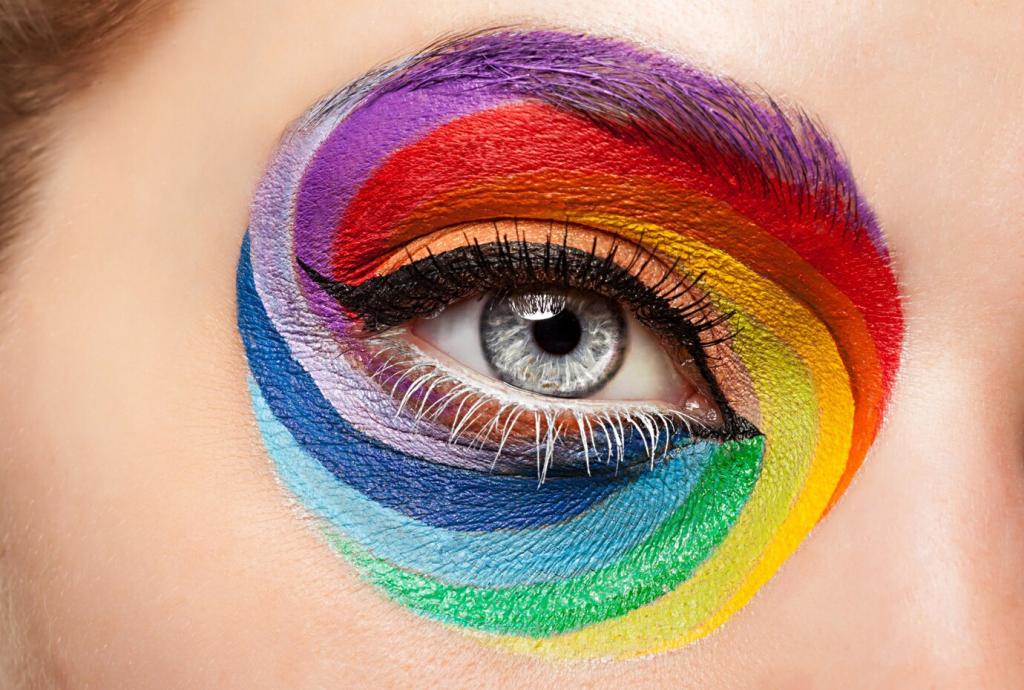How Color Choices Affect Mood in Home Design
The ambiance and atmosphere of a home are deeply influenced by the colors chosen for each space. Color psychology reveals that different hues can evoke a wide range of emotions, from tranquility and comfort to energy and creativity. Understanding how color choices affect mood in home design empowers homeowners to craft environments that not only look beautiful but also feel harmonious and supportive of well-being. By thoughtfully selecting colors for walls, decor, and furnishings, you can transform any room into a sanctuary that aligns with your personality and lifestyle needs.

The Science of Color Psychology in Interiors
01
Understanding Warm and Cool Colors
Warm colors, such as reds, oranges, and yellows, tend to stimulate the senses and can make spaces feel more intimate and dynamic. These shades are often associated with energy, enthusiasm, and activity, making them ideal for communal spaces like living rooms and dining rooms. On the other hand, cool colors—like blues, greens, and purples—convey tranquility, calmness, and restfulness. When applied thoughtfully, these colors can help reduce stress and encourage relaxation, which is why they are commonly used in bedrooms and bathrooms. Recognizing the basic dichotomy between warm and cool tones serves as the foundation for shaping moods through interior color schemes.
02
Emotional Resonance of Neutrals
Neutrals—whites, grays, beiges, and taupes—offer a versatile backdrop in home design that subtly influences mood. Unlike brighter, more saturated colors, neutrals do not dominate a space but instead promote a sense of balance, spaciousness, and lightness. Their understated nature means that rooms can feel open, airy, and soothing, creating an ideal canvas for personalization through accessories and textiles. Neutrals also help to visually connect different areas, resulting in a harmonious flow throughout the home and contributing to an overall feeling of composure and understated elegance.
03
The Impact of Light on Color Perception
Natural and artificial light play crucial roles in how colors are perceived within a space, further affecting emotional responses. Sunlight can intensify certain hues, making them appear more vivid, while artificial lighting may soften or alter tones, potentially changing their mood impact completely. Understanding the interaction between light sources and color surfaces allows for intentional manipulation of atmosphere in each room. By experimenting with paint samples under various lighting conditions, homeowners are better equipped to choose colors that uphold the desired mood consistently, both day and night.

Previous slide
Next slide
Energizing Spaces Through Bold Color Choices
The use of red and orange in home design immediately commands attention and ignites a sense of warmth and enthusiasm. These colors are often linked to excitement, passion, and movement—qualities that can invigorate social areas like kitchens or entertainment rooms. Red can raise energy levels and foster conversation, making it suitable for dining rooms or spaces where you want to encourage engagement. Orange offers a slightly softer but equally stimulating effect, blending the warmth of red with the cheerfulness of yellow. Introducing these hues through accent walls, artwork, or decorative accessories amplifies a room’s vibrancy without overpowering it.
